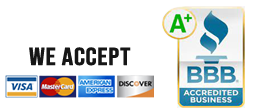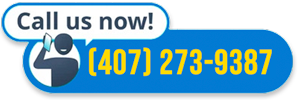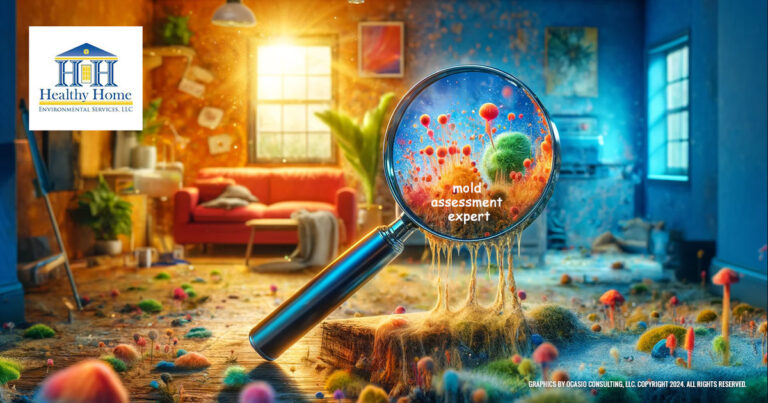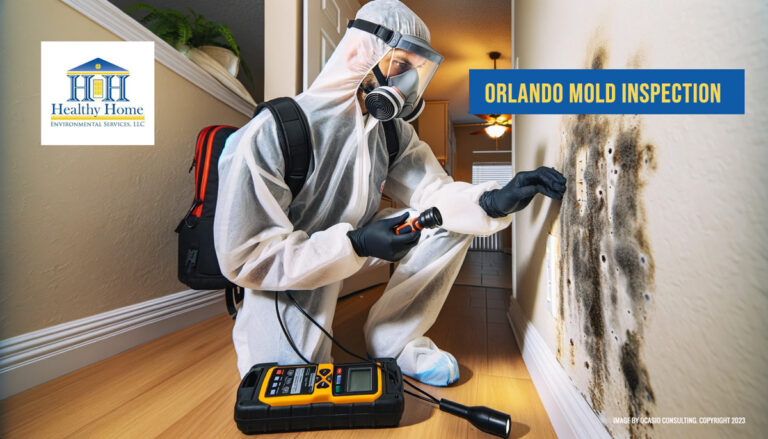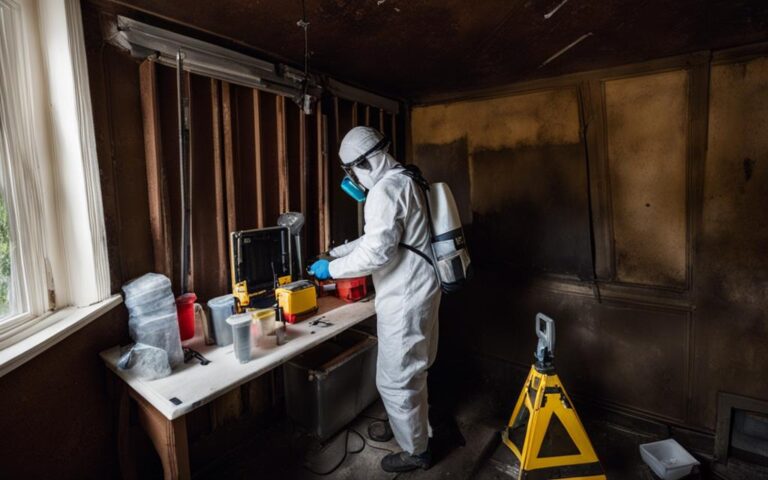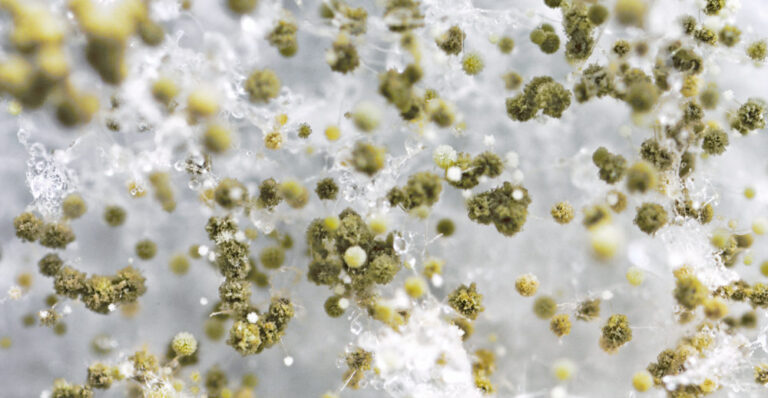What is a Mold Protocol Report, and Why is it Critical for Proper Mold Removal?
Mold is a common problem in homes and businesses, and it can have serious health consequences if not dealt with properly. One key component of proper mold removal is the mold protocol report.
In this article, we will explain what a mold protocol report is, its role in the mold removal process, and why it’s important to get one from an unbiased mold inspector.
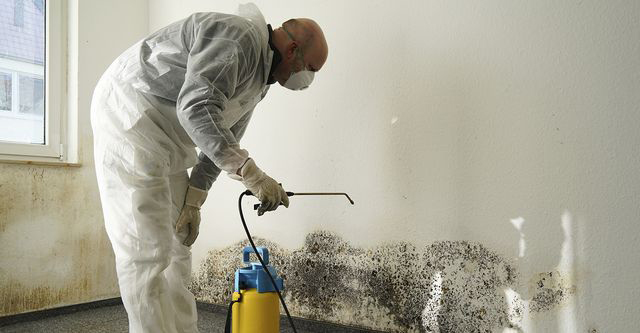
What is a Mold Protocol Report?
A mold protocol report is a detailed document created by a mold inspector or industrial hygienist that outlines the proper steps for mold remediation.
The report provides specific instructions on how to safely and effectively remove mold from a building or area, including information on the type of mold present, the extent of the mold growth, and recommended remediation methods.
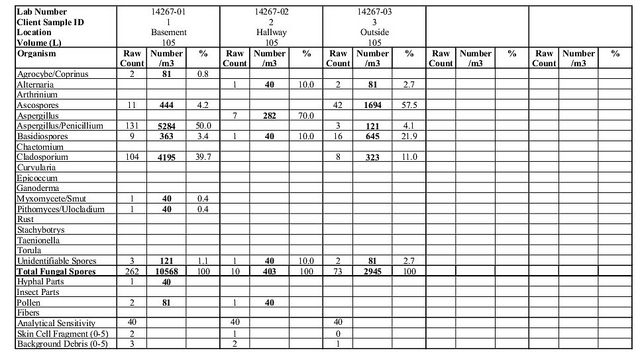
Why is a Mold Protocol Report Important?
A mold protocol report is critical for proper mold removal because it provides a clear plan of action. Without a proper protocol in place, it can be difficult to know what steps to take to safely and effectively remove mold.
A mold protocol report ensures that the mold removal process is thorough and effective, minimizing the risk of mold returning in the future.
The Role of a Mold Protocol Report in Mold Removal
A mold protocol report plays a critical role in the mold removal process. Here are some of the ways it helps ensure proper mold removal:
Identifying the Type and Extent of Mold
A mold protocol report provides clear instructions on how to safely and effectively remove mold. It outlines the recommended remediation methods, such as containment, HEPA filtration, and proper disposal of contaminated materials.
The report also provides guidelines for cleaning and sanitizing the affected area.
Providing Clear Instructions for Mold Removal
The first step in creating a mold protocol report is to identify the type and extent of mold present. This information is gathered through visual inspection and/or air sampling.
Once the type and extent of mold are determined, the report can provide specific recommendations for mold removal.
Ensuring Compliance with Industry Standards
A mold protocol report ensures that the mold removal process is in compliance with industry standards. It provides guidelines based on industry best practices and regulations, ensuring that the mold removal process is safe and effective.

Preventing Future Mold Growth
A mold protocol report also includes recommendations for preventing future mold growth. This may include identifying and addressing any underlying moisture problems, such as leaks or humidity issues.
By addressing these issues, the risk of future mold growth is minimized.
Choosing a Qualified Mold Inspector or Industrial Hygienist
Choosing a qualified mold inspector or industrial hygienist is essential for proper mold removal. Look for certifications such as the Certified Mold Inspector (CMI) or Certified Industrial Hygienist (CIH) to ensure that the inspector has the necessary training and expertise.
Also, read reviews from past clients and get a quote from multiple inspectors to compare pricing and ensure that you’re getting a fair price.
The Benefits of Proper Mold Removal
Proper mold removal has numerous benefits, including improved indoor air quality, protection of property, cost savings, and peace of mind.
By properly removing mold and preventing future growth, you can ensure a healthier and safer living environment for you and your loved ones or employees.
Conclusion
In conclusion, a mold protocol report is a critical component of proper mold removal. It provides clear instructions for safe and effective mold remediation, ensures compliance with industry standards, and minimizes the risk of future mold growth.
If you suspect mold in your home or business, it’s important to contact a qualified mold inspector or industrial hygienist to conduct a thorough inspection and create a mold protocol report.
FAQs
How much does a mold protocol report cost?
The cost of a mold protocol report can vary depending on the size and complexity of the mold problem. Get a quote from a qualified mold inspector or industrial hygienist.
How long does it take to create a mold protocol report?
The timeline for creating a mold protocol report can vary depending on the size and complexity of the mold problem. It typically takes a few days to a week to complete the report.
Can I remove mold without a protocol report?
While it’s possible to remove mold without a protocol report, it’s not recommended. Without a proper protocol in place, it can be difficult to know what steps to take to safely and effectively remove mold.
Is mold removal covered by insurance?
Mold removal may or may not be covered by insurance, depending on the specific policy and circumstances. It’s important to check with your insurance provider to understand your coverage.
How can I prevent mold growth in the future?
To prevent mold growth in the future, it’s important to address underlying moisture problems, such as leaks or humidity issues.
You can also take steps to improve ventilation and air circulation in your home or business. Regular cleaning and maintenance can also help prevent mold growth.

